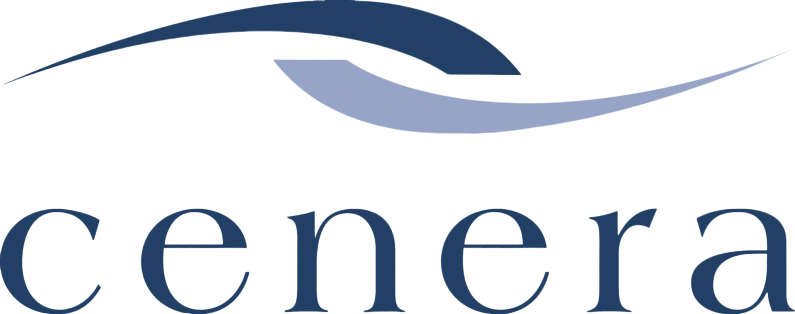Why Vacations Are Important for Productivity
Why Vacations Are Important for Productivity
With the possibility of travel restrictions lifting soon and some return to normalcy on the horizon, many employers can expect to see an increase in vacation day requests. Given the backlog created as many chose to forgo regular vacation plans, ensuring your employees can take delayed vacation time will be an important part of reducing the overall stress and fatigue of the past year.
While vacations may be particularly top of mind right now, the value of vacation time for productivity, employee engagement and overall well-being is nothing new. Businesses have the opportunity to leverage flexible and creative vacation policies that can play a vital role in their retention and recruitment strategies.
Here are some considerations for employers when it comes to understanding how vacation policies impact their business and their employees.
1. Build a work culture that values vacations
The reality is, we’re working more hours, more often– While the goal of introducing technology in the workplace was to save time by automating and simplifying processes, the reality is that for most office-based workers, the tech revolution has actually increased the amount of time we spend working. With smartphones and email apps, it’s likely your employees may be ‘plugged in’ to work 24/7. The inevitable result is more burnout, more often – which is why it is so critical to build a work culture that encourages and expects your employees to use their vacation time.
‘Productive Vacations’ –Vacation time is not just time spent doing your job in a different location! A ‘productive vacation’ should involve time with family and friends, engaging in favourite activities and new routines – truly unplugging and leaving work behind. If you give employees a break from their usual day-to-day, it can help them to be more creative and excited about returning to work.
2. Understand Your Business Case for Vacation
More time away does not always mean less productivity – While on the surface it might feel like taking time away will cause work to fall behind, there is data to support that more time away does not translate into lower productivity. Nine of the 10 most productive countries in the OCED (as measured by GDP per hour worked) are all in Europe, where people are traditionally known for always using their vacation time!
Understand that dealing with burn out costs money too – Burnt out employees are less productive, more likely to be disengaged from their work, and more likely to encounter mental or physical health problems. Investing in your employee’s health and well-being is not only the right thing to do; it also supports your bottom line.
3. Find Creative Ways to Empower Vacations
Think outside the ‘vacation box’ to attract top talent – Flexible vacation policies are one of the most powerful tools your company can leverage for attracting and retaining top talent. In fact, many companies are utilizing creative ideas like unlimited vacation time, ‘zero contact’ vacation policies, or office-wide closures over traditionally slow holidays. . Top employers understand just how positive vacations can be for overall productivity, engagement and morale.
4. Operate with transparency, fairness and flexibility where possible.
Businesses dealing with an extraordinary amount of unused vacation time may have to tread thoughtfully – The current situation is unprecedented, but after a long and difficult year, there is no question that if you are managing an increase in vacation requests, it may get complicated. It’s vital that you create processes that are consistent, transparent and fair. Whether that be random draws for first choice, or priority based on seniority, businesses must keep their employees informed and offer as much flexibility as they can accommodate.
If you enjoyed this article and would like to receive more like it, directly to your inbox once a month, click here to subscribe to the Cenera Newsletter.
Let’s Connect
Never miss an update, click here to subscribe to our monthly newsletter.
Plus, follow us on LinkedIn!
Share This Story, and Choose Your Platform!

